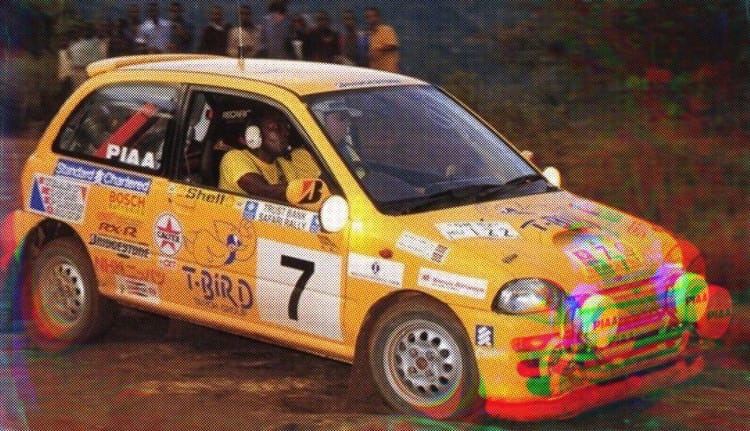Italcorsa / Tarf II by Piero Taruffi
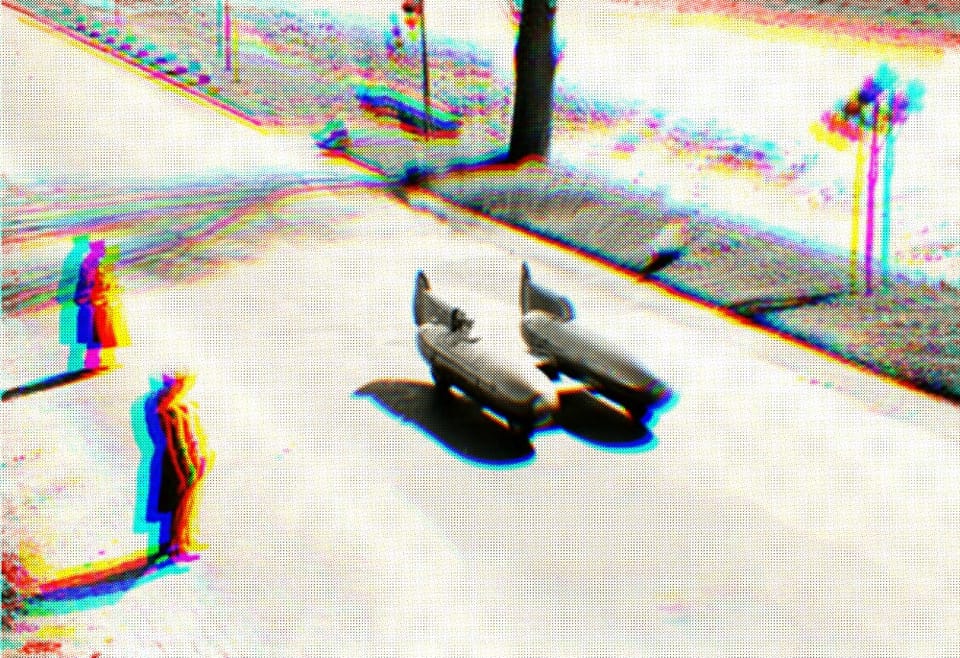
About time, eh?
It’s difficult to believe that I've been doing this for a while now, even mentioning this car when writing about the equally batshit OSI Silver Fox, and haven’t built a story around the captivating Italcorsa / Tarf II.
You’re looking at the world’s first bisiluro "twin tube” car, and a racer eternally linked to the concept — Piero Taruffi.
This story is made slightly easier because the car in question was sold by RM Auctions (now RM Sotheby’s) back in 2012, where it sold for €89,600 — a screaming good deal, in my mind. I don't usually talk about how much things cost at auction, but what other racing car from that era driven by Taruffi could you have bought for less?
As you can imagine, Taruffi would have to have been a bit of a nut to decide to not only compete in top speed and endurance competitions with his bisiluro but also to install a supercharged Maserati 4-cylinder engine into the engine “pod”.
(These days, it has a 195 horsepower, 2,418 cc Ferrari 246 Dino DOHC V-6 engine with three twin-choke carburettors, a Rover gearbox, and a chain-driven live rear axle.)
In case you’re wondering about its high-speed stability, there’s something I’d like you to notice: vertical fins. An adjustable aileron between the pods was part of the package.
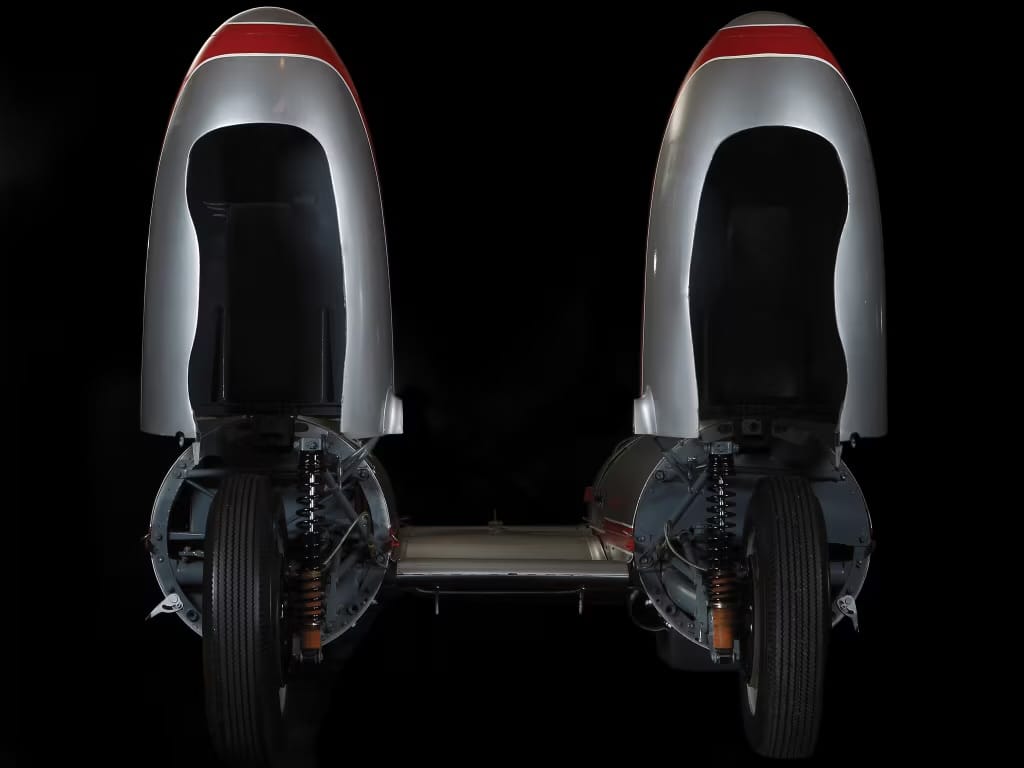
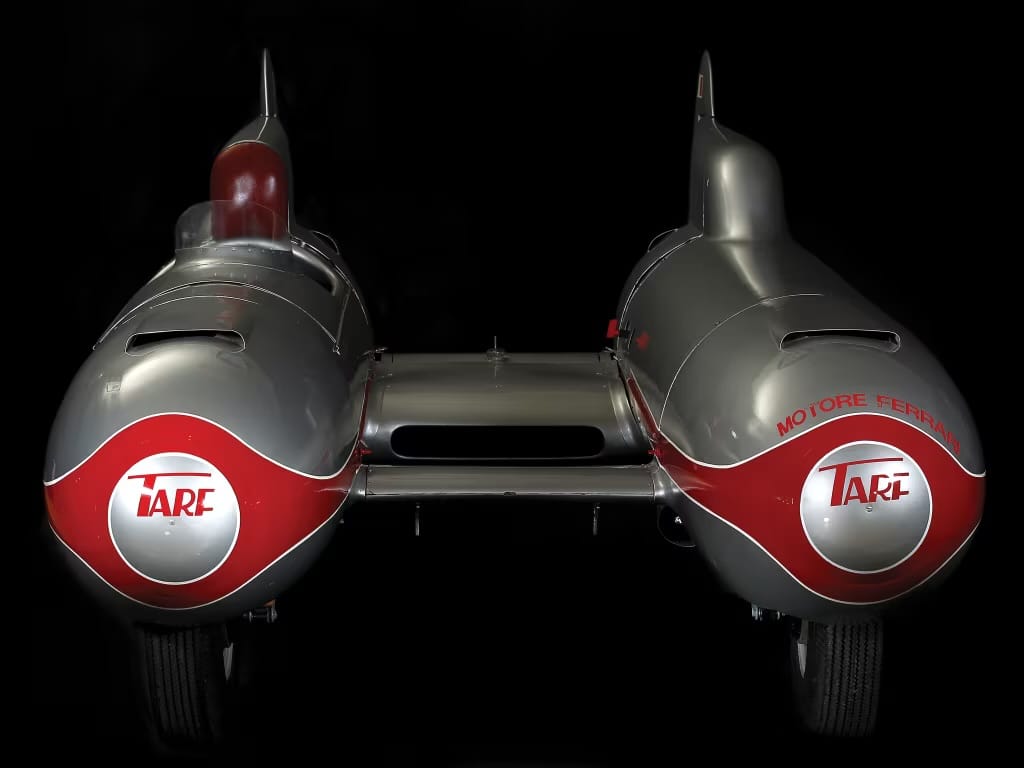
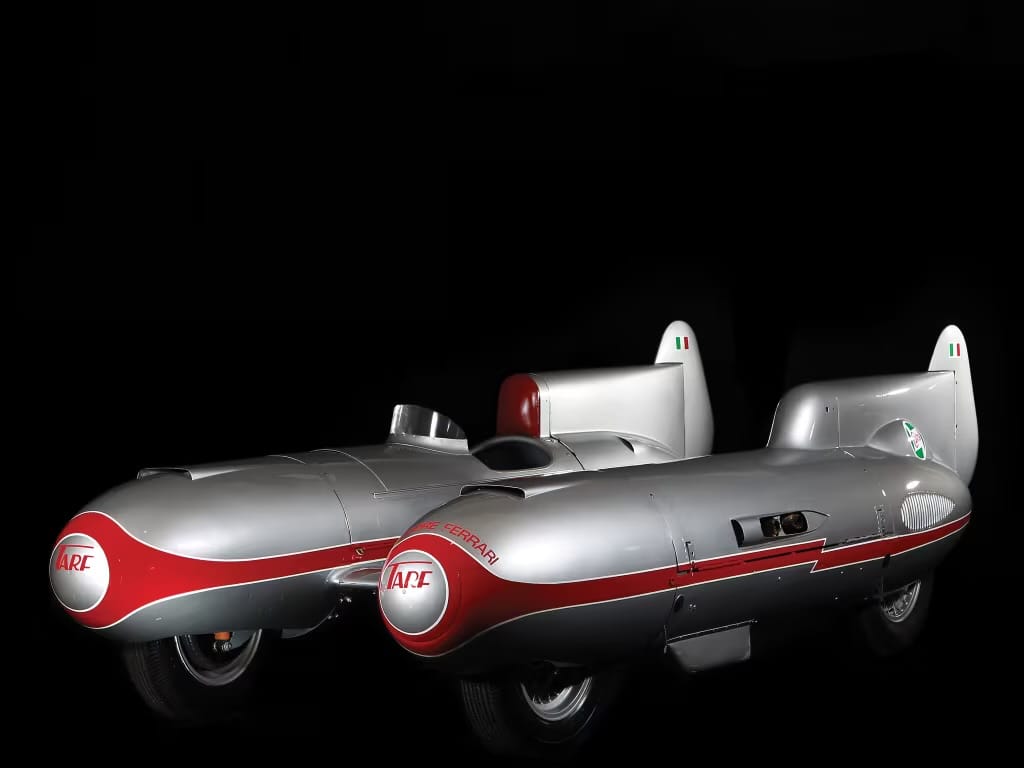
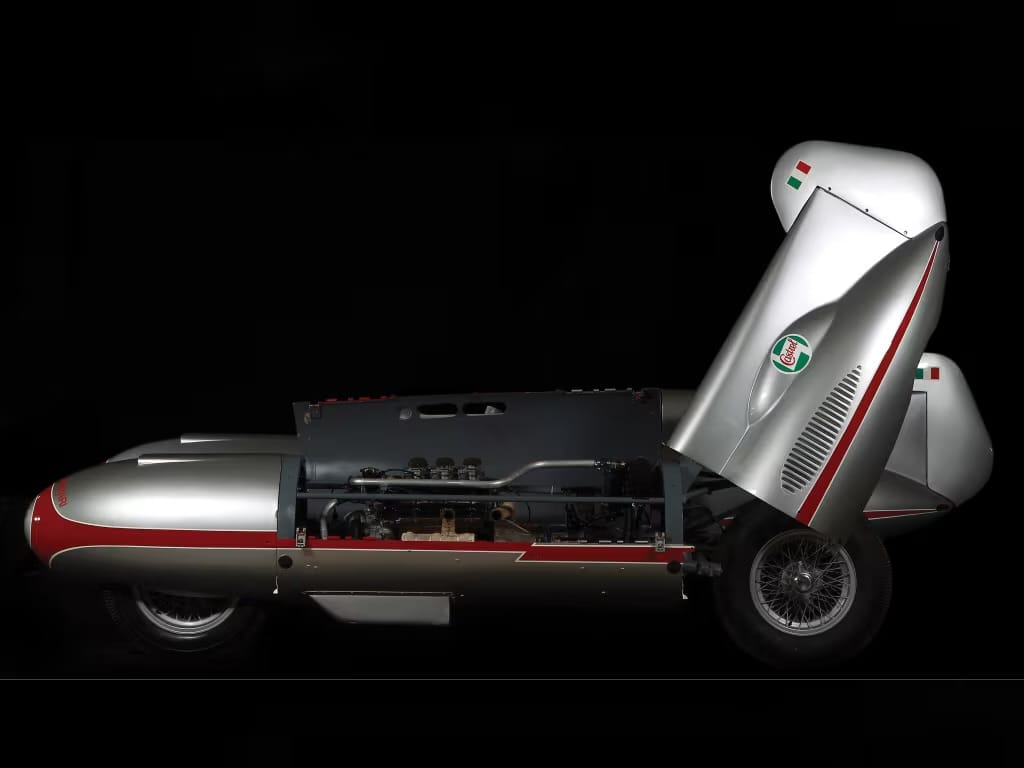
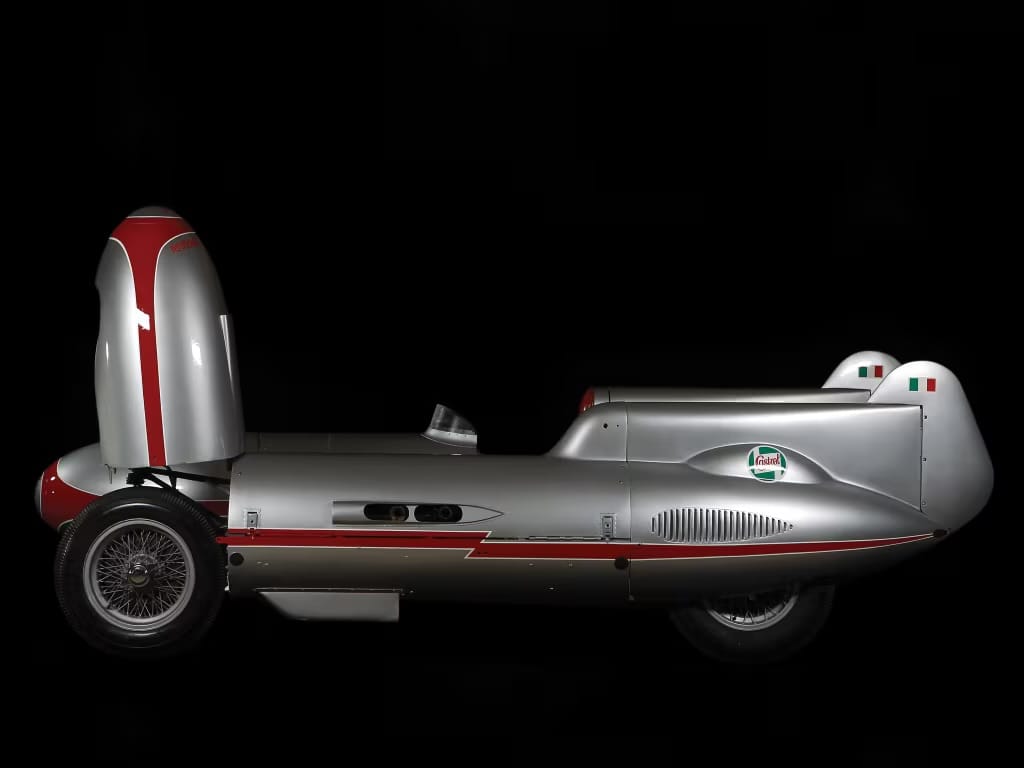
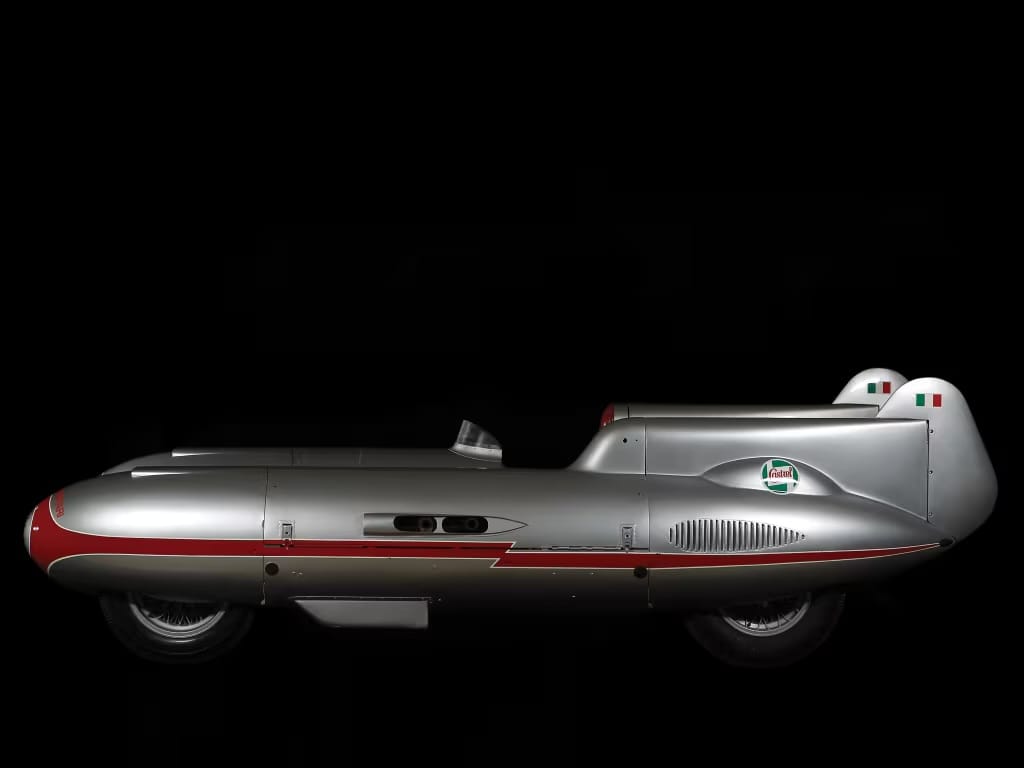

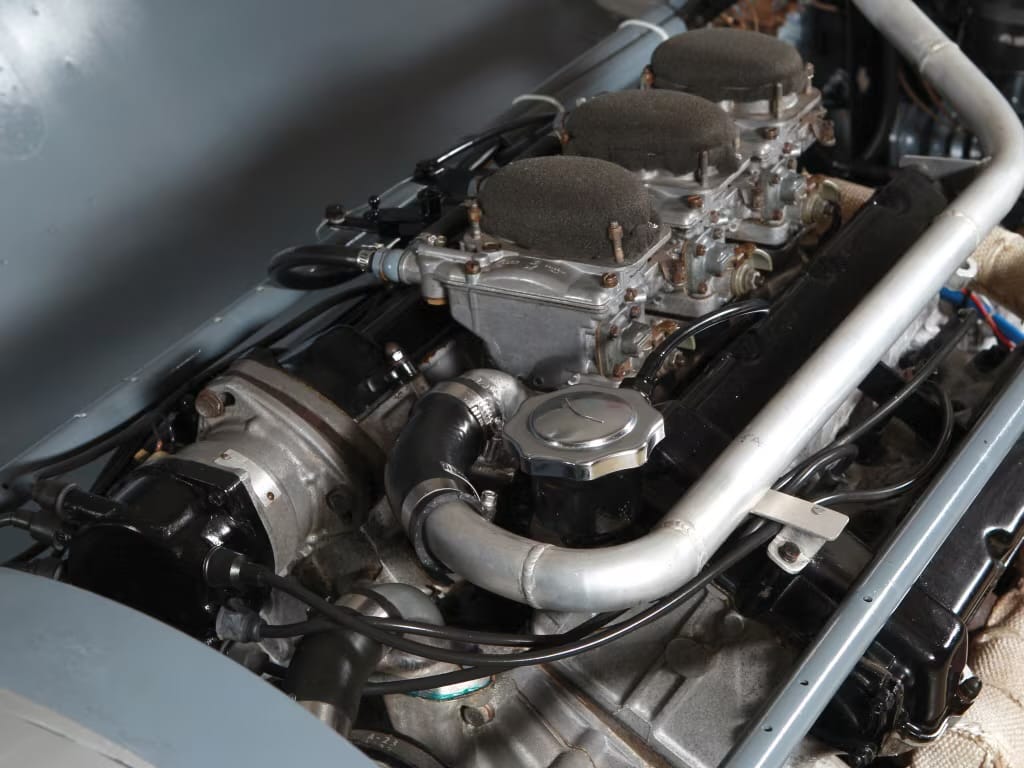
Tarf II details from the last time it was up for auction in 2012 • RM Sotheby’s
Terrifyingly, this very car was clocked at an immense 298.507 kph (185.49 mph) in the flying mile, and the RM Sotheby’s description shares how:
“…this amazing vehicle was designed by Taruffi and followed ‘Tarf I’, which set six 500-cc and two 1,500-cc speed records. Its radical ‘bisiluro’, or twin-boom, design was built in 1951 for the 2,000 cc class. Power was by a 1,720 cc Maserati four-cylinder engine with two-stage supercharging developing 290 bhp. A chain drove the rear axle, and steering was via simple control sticks. Adjustable rudders compensated for prevailing winds.”
Modernize everything for a modern version and Tarf III (we can dream) might have enough speed and low enough drag to leave earth’s atmosphere.
OK, Taruffi did have a trisiluro design cooked up, with the driver positioned above each tube, in a central pod of their own.
That's pretty neat, but a few years later, at the age of 50, Taruffi hung up his racing helmet for good after the two most famously death-marred events in the ’50s, the 1955 24 Hours of Le Mans and the 1957 Mille Miglia held on open roads — a race that Taruffi won, the last competitive Mille Miglia.
Both events would see the lives of innocent spectators sacrificed at the altar of speed, and it was Taruffi who would be an early campaigner for both automotive safety and safer facilities for spectators.




